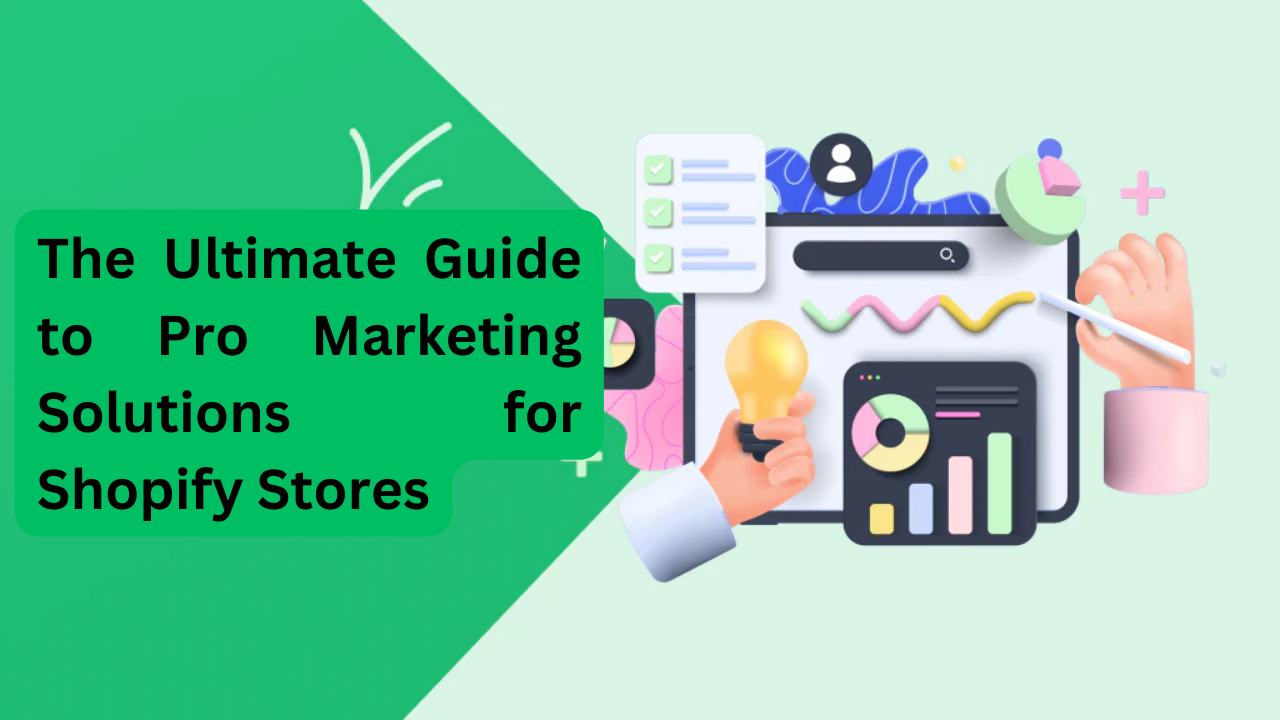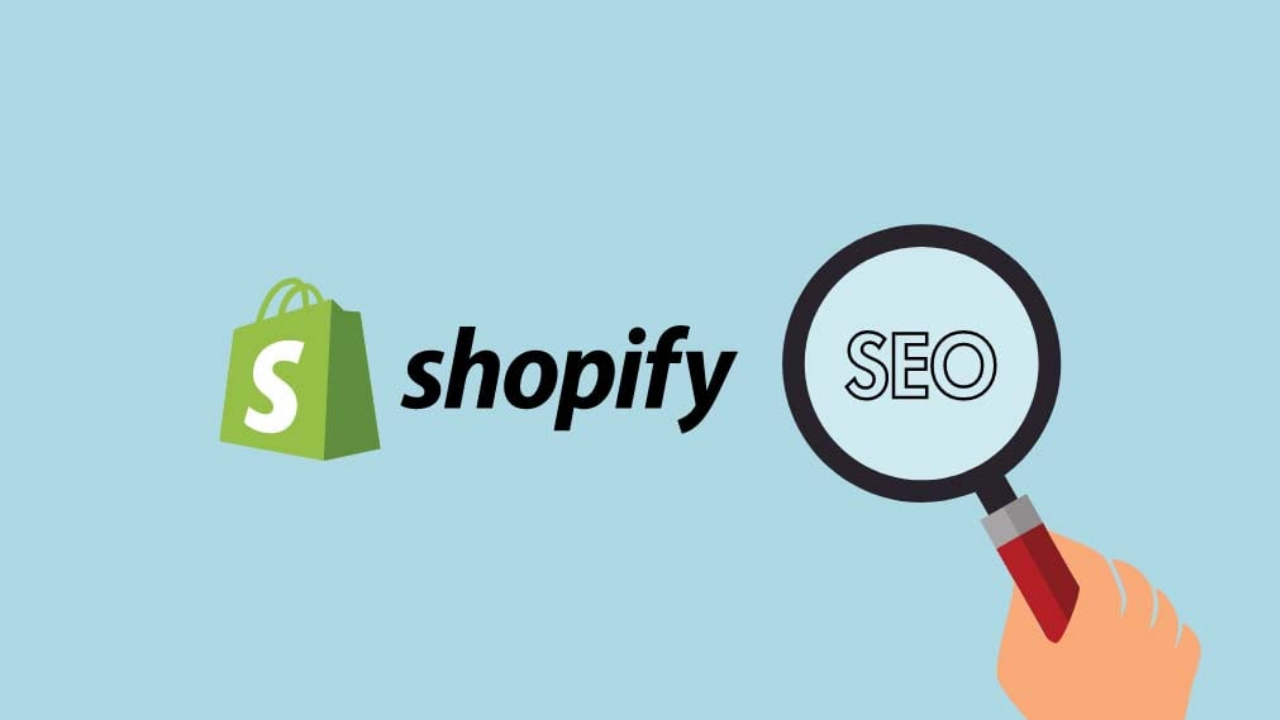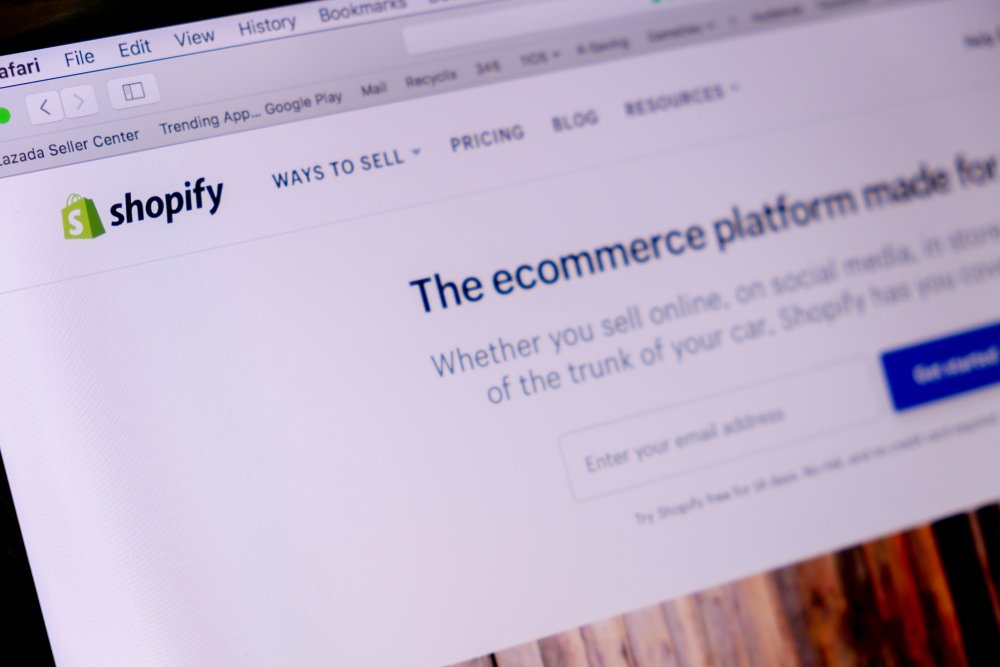Effective Shopify store marketing requires Pro Marketing Solutions for Shopify Stores and a combination of strategic plan of action, imagination, and the appropriate resources. With so many marketing options at your service, it’s necessary to pinpoint the best tactics for increasing traffic, revenue and building dedicated customers.
We’ll look at expert marketing strategies for Shopify stores in this tutorial, which can make you stand out in an increasingly competitive marketplace.
1. Optimizing Your Shopify Store
Before diving into advanced marketing tactics, it’s crucial to ensure your Shopify store is optimized for both search engines and users. A well-optimized store owner that uses Pro Marketing Solutions for Shopify Stores can significantly enhance user experience, improve rankings, and increase conversion rates. Here’s how to optimize your store effectively:
1.1 Website Speed A fast-loading website is essential for retaining customers and improving SEO rankings. Slow load times can frustrate users and lead to higher bounce rates. Use tools like Google PageSpeed Insights to identify bottlenecks and optimize page speed. Compress images, enable browser caching, and minimize unnecessary scripts to improve your store’s performance.
1.2 Mobile Optimization As mobile traffic continues to rise, ensuring your Shopify store is fully responsive is vital. Most Shopify themes are mobile-friendly, but you may need to make specific adjustments to guarantee a seamless mobile shopping experience. Ensure that text is legible, buttons are easy to click, and navigation is smooth on smaller screens.
1.3 SEO Best Practices Search engine optimization (SEO) is key to making your store discoverable. Improve your URLs, meta descriptions, and product titles for better search engine visibility. Be mindful of keyword placement—focus on relevance, and avoid keyword stuffing. To streamline the SEO process, consider using apps like Plug in SEO or Smart SEO for optimization and automated suggestions.
2. Email Marketing
Email marketing remains one of the most effective ways and a Pro Marketing Solutions for Shopify Stores to nurture relationships with customers and drive sales. Here’s how you can leverage email marketing to its fullest potential:
2.1 Building an Email List Growing your email list should be a priority. Use tactics like pop-ups, exit-intent offers, and offering incentives (e.g., discounts) to encourage sign-ups. Ensure compliance with GDPR and other data protection laws to build trust and safeguard customer information.
2.2 Crafting Effective Campaigns Segment your audience to send personalized emails that resonate with specific groups. Use email marketing tools like Mailchimp or Klaviyo to automate campaigns, monitor performance, and fine-tune your messaging. Personalized offers, product recommendations, and timely reminders can boost engagement and conversions.
2.3 Abandoned Cart Recovery Abandoned cart emails are a great way to recover lost sales. Automatically send reminders to customers who’ve left items in their cart, offering them incentives like discounts or free shipping to encourage them to finalize their purchase.
3. Social Media Marketing
Social media is a powerful tool for engaging with your audience and boosting brand visibility. It isone of the best Pro Marketing Solutions for Shopify Stores. To make the most of your social media efforts, consider the following strategies:
3.1 Choosing the Right Platforms Understanding where your target audience spends the most time is key. Popular platforms like Facebook, Instagram, and Pinterest are great for building brand presence, but newer platforms like TikTok can also be effective if they align with your audience. Stay on top of trends to reach the right demographic.
3.2 Content Strategy Create a well-rounded content calendar that includes a mix of promotional posts, user-generated content, behind-the-scenes looks, and engaging visuals. Tools like Canva Pro can help you design high-quality images and videos to keep your social media feed fresh and appealing.
3.3 Influencer Partnerships Collaborating with influencers who genuinely resonate with your brand can amplify your reach. Choose influencers whose values align with yours and who have an engaged following. Platforms like AspireIQ can help you manage relationships and track influencer campaigns for optimal results.
4. Paid Advertising
Paid advertising can provide significant returns when done correctly. By targeting the right audience and using effective ad strategies, you can boost your store’s visibility and drive targeted traffic. Here’s how:
4.1 Google Ads Google Ads allows you to target high-intent customers who are actively searching for products like yours. Utilize search ads and Google Shopping ads to capture the attention of potential buyers. Optimize your campaigns with relevant keywords and continuously monitor performance to ensure maximum ROI.
4.2 Facebook and Instagram Ads Facebook and Instagram’s robust targeting features allow you to reach specific demographics, interests, and behaviors. Leverage advanced targeting and ad formats like carousel ads, video ads, and remarketing ads to drive traffic and increase conversions.
4.3 Retargeting Campaigns Retargeting campaigns help bring back customers who previously visited your store but didn’t make a purchase. By showing them relevant ads across multiple platforms, you can encourage them to complete their purchase. Tools like AdRoll simplify retargeting management and campaign optimization.
5. Content Marketing
High-quality content is essential for attracting, engaging, and retaining customers. By establishing your brand as an authority in your industry, you can build trust and loyalty. Here’s how to leverage content marketing:
5.1 Blogging Starting a blog is an excellent way to share product updates, how-to guides, and industry insights. Make sure your blog posts are SEO-optimized, providing value to both users and search engines. Promote your blog content via social media and email newsletters to increase visibility and drive traffic.
5.2 Video Content Video marketing is one of the most engaging content types. Use video to showcase product features, share customer testimonials, or offer a behind-the-scenes look at your business. Platforms like YouTube and Instagram Reels are perfect for distributing video content and increasing brand awareness.
5.3 User-Generated Content Encourage your customers to share their experiences with your products. This type of content not only builds social proof but also strengthens your community. Feature customer reviews, photos, and stories on your website and social media channels to create a sense of trust and authenticity.
6. Analytics and Data-Driven Decisions
Data should guide your marketing decisions to ensure your efforts are producing results. Here’s how to leverage analytics for continuous improvement:
6.1 Google Analytics Set up Google Analytics to monitor visitor activity, traffic sources, and conversion rates. This data will help you identify patterns and areas for improvement, allowing you to make informed decisions that boost performance.
6.2 Shopify Analytics Shopify provides built-in analytics to track your revenue, customer behavior, and product performance. Combine this with insights from your marketing channels to get a comprehensive view of your store’s performance and make data-driven adjustments.
6.3 A/B Testing A/B testing is crucial for determining what works best for your audience. Experiment with different website layouts, product descriptions, and marketing strategies to optimize conversions. Tools like Optimizely can help streamline and automate this process.
Conclusion
Implementing these expert marketing strategies will help you improve your Shopify store’s performance, grow your customer base, and increase revenue. By focusing on optimization, email and social media marketing, paid advertising, content creation, and data analysis, you can create a thriving eCommerce business.
FAQ’s
What is retargeting and how does it work? Retargeting shows ads to users who have previously visited your website but didn’t make a purchase. It helps bring back potential customers and encourages them to complete their purchase. Tools like AdRoll simplify the process and ensure optimal campaign management.
How can I drive more traffic to my Shopify store? Focus on improving your SEO, engaging on social media, running targeted paid ads, and creating valuable content. A well-rounded marketing strategy will help you attract more visitors and convert them into customers.
What are the best tools for email marketing? Klaviyo and Mailchimp are excellent choices for Shopify stores. Both offer powerful automation, segmentation, and analytics features to help you optimize your email campaigns.
How can I improve my store’s SEO? Optimize your product descriptions, meta tags, and URLs with relevant keywords. Use apps like Smart SEO or Plug in SEO to streamline the optimization process, and consistently publish valuable content on your blog.
What types of social media content should I create? Create a mix of promotional posts, user-generated content, engaging images, and videos. Show customer testimonials, product demos, and behind-the-scenes looks to build a connection with your audience.
How do I measure the success of my marketing campaigns? Use Google Analytics, Shopify Analytics, and insights from your email marketing and social media platforms to track key performance indicators like traffic, conversions, and ROI.










